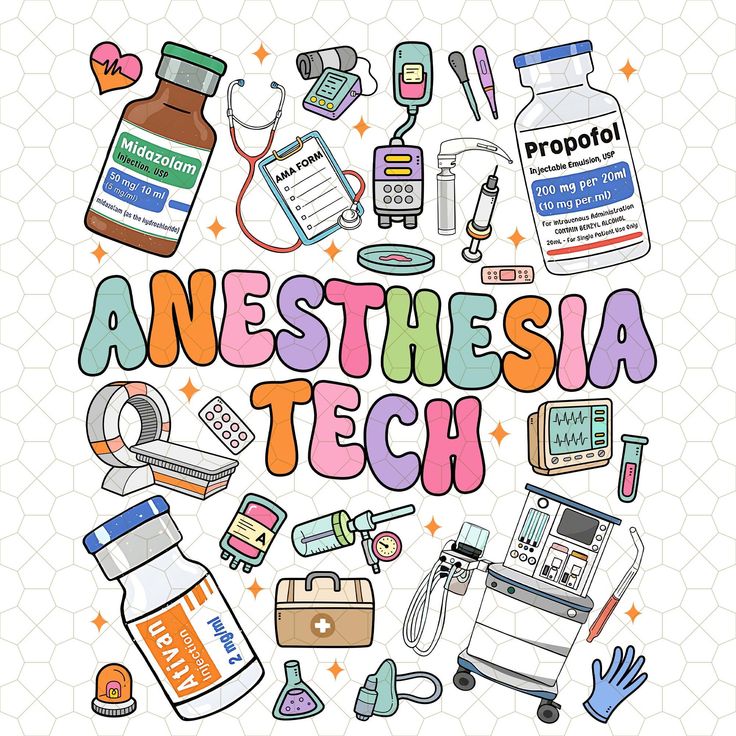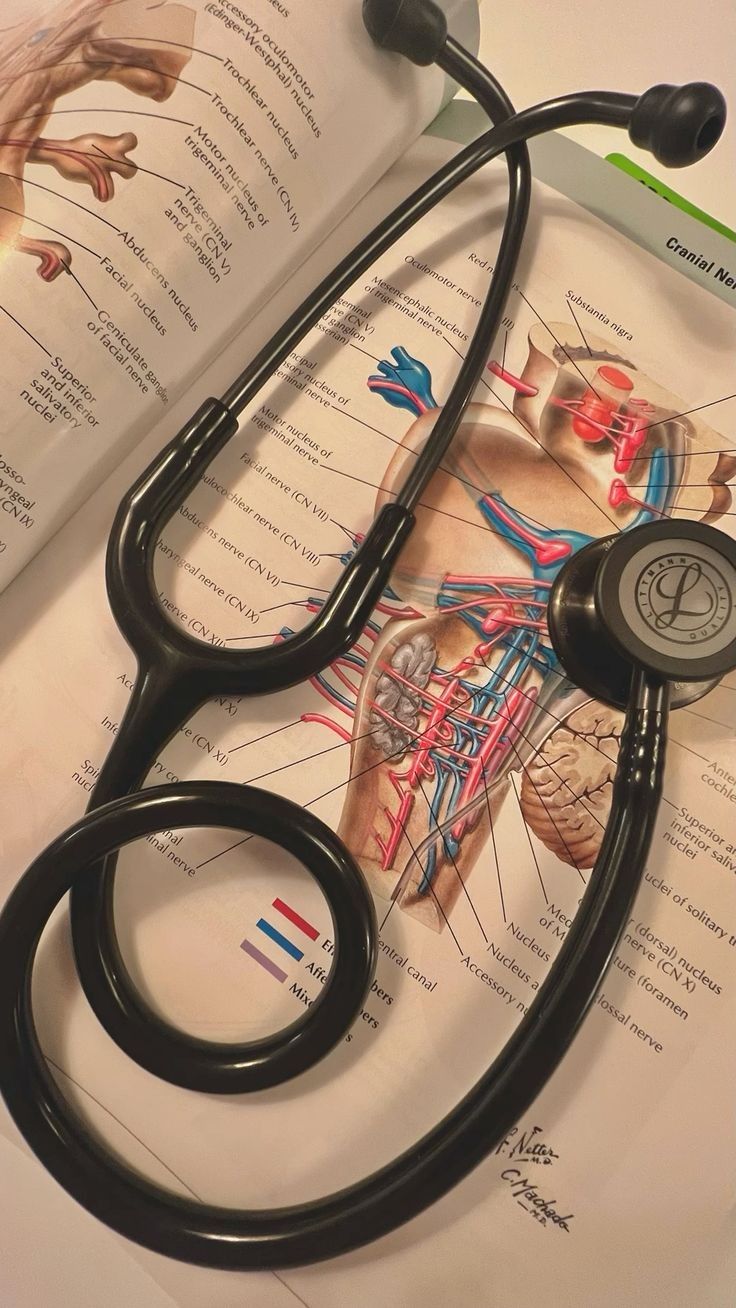Introduction: The Hidden Hero in the Operating Room
Imagine this: You’re on a hospital bed, nervous about your upcoming surgery. Bright lights shine above, doctors and nurses move around you, and an anesthesiologist stands nearby preparing to put you to sleep safely.
What you don’t see is another professional—quiet, focused, and working just a step behind the spotlight. They are checking machines, arranging tools, and making sure everything is ready before the first incision is even made.
That professional is the anesthesia technician.
Most patients never know their names, but every successful surgery depends on their expertise. Anesthesia techs may not perform surgery or administer anesthesia, but without their preparation, monitoring, and technical skills, the operating room wouldn’t run as smoothly—or as safely.
In this blog, we’ll uncover everything about anesthesia techs:
- Who they are and what they do
- Their daily life and core responsibilities
- Skills required to succeed
- Education and training paths
- Career opportunities, salaries, and growth
- Comparisons with other medical roles
- Challenges and rewards
- The future of anesthesia technology

Who Is an Anesthesia Tech?
An anesthesia tech is a trained healthcare professional who assists anesthesiologists and nurse anesthetists before, during, and after surgeries.
Their focus is on the technical side of anesthesia care:
- Preparing and maintaining equipment
- Monitoring machines
- Troubleshooting issues
- Ensuring supplies are ready and sterile
They don’t give anesthesia themselves—that responsibility belongs to anesthesiologists or nurse anesthetists. Instead, they are the technical backbone of the operating room.
Why Are They Important?
- If a ventilator malfunctions, the anesthesia tech knows how to fix it.
- If emergency equipment is needed, the anesthesia tech has it ready.
- If monitors aren’t calibrated, the anesthesia tech ensures they’re accurate before surgery begins.
In other words, they make it possible for anesthesiologists to focus on patient care without worrying about the machines or supplies.
The Evolution of the Role
Years ago, anesthesiologists managed both the medical side (giving anesthesia) and the technical side (setting up machines, sterilizing tools). But as surgeries became more complex and technology advanced, this became too much for one person to handle.
Hospitals began hiring dedicated anesthesia technicians. Over time, the role expanded, and today anesthesia techs are a recognized profession worldwide, often called:
- Anesthesia Technicians
- Anesthesia Technologists
- Anesthesia Assistants (in some regions)
The titles vary, but the essence remains the same: ensuring safe, effective anesthesia care through technical expertise.
A Day in the Life of an Anesthesia Tech
What does a typical day look like? Let’s break it down.
Morning Preparation
- Arriving early to set up operating rooms
- Checking anesthesia machines for leaks or errors
- Ensuring oxygen tanks and ventilators are working
- Preparing IV lines, syringes, and airway devices
- Stocking emergency drugs and backup equipment
During Surgery
- Assisting the anesthesiologist with tools
- Monitoring machines and alarms
- Quickly fixing equipment issues
- Handing over supplies when needed
Post-Surgery
- Cleaning and sterilizing machines
- Restocking anesthesia carts
- Documenting equipment use
- Preparing for the next procedure

Emergency Cases
Anesthesia techs are also called during trauma cases, cardiac arrests, or urgent surgeries. They must think quickly, act under pressure, and ensure the anesthesiologist has everything needed within seconds.
In short: every day is different, but it’s always fast-paced, precise, and meaningful.
Core Responsibilities of an Anesthesia
Anesthesia techs juggle multiple responsibilities. Here are the main ones:
- Equipment Management
- Set up anesthesia machines, ventilators, and monitors
- Perform safety checks before each surgery
- Troubleshoot malfunctions
- Supply Preparation
- Lay out airway devices, IV lines, and medications
- Restock anesthesia carts after each procedure
- Assisting During Surgery
- Handing tools to anesthesiologists
- Adjusting machine settings under supervision
- Responding to emergencies
- Post-Surgery Duties
- Cleaning and sterilizing equipment
- Documenting machine use and issues
- Ensuring everything is ready for the next patient
Their motto could be: “Prepared for anything, ready at all times.”
Skills They Need
This isn’t a career for just anyone. To thrive, they need a unique mix of technical, mental, and personal skills.
- Technical Skills → Operating ventilators, monitors, and anesthesia machines
- Attention to Detail → Small mistakes can risk patient safety
- Communication → Clear teamwork with anesthesiologists and nurses
- Problem-Solving → Quick fixes in high-pressure situations
- Compassion → Even though their focus is technical, they’re caring for human lives
This blend makes them part technician, part problem-solver, part caregiver.
Education & Training Path
Becoming an anesthesia tech is achievable without going to medical school, but it requires dedication.
Step 1: High School Preparation
Subjects like biology, chemistry, and math build a strong foundation.
Step 2: Formal Education
- Associate degree in anesthesia technology (2 years in many countries)
- Some pursue certification programs lasting 1–2 years
Step 3: Certifications (optional but valuable)
In some countries, certification makes candidates more competitive.
Step 4: On-the-Job Training
Hospitals often provide training under senior professionals.
The path is shorter than medical school but still rigorous enough to ensure competence and confidence.
Career Opportunities & Growth
Anesthesia techs have a wide range of options:
- Hospitals & Surgical Centers → The most common workplace
- Outpatient Clinics → Growing as more surgeries shift outside hospitals
- Specializations → Cardiac anesthesia, pediatric anesthesia, trauma surgery
- Supervisory Roles → Senior tech, team leader, or trainer
- Education & Training → Teaching future anesthesia techs
It’s a career with both stability and growth potential.

Salary & Job Outlook
Earnings depend on location, hospital size, and experience.
- Entry-Level: Competitive starting pay
- Experienced Techs: Higher earnings, especially in specialized fields
- Job Outlook: Strong demand due to increasing surgeries worldwide
Healthcare continues to expand, meaning job security is strong for anesthesia techs.
Anesthesia Tech vs. Other Roles
To avoid confusion, here’s a quick comparison:
| Role | Main Duties | Education | Direct Patient Care? |
|---|---|---|---|
| Anesthesia Tech | Prepares & maintains equipment | 1–2 years | Indirect |
| Anesthesiologist | Administers anesthesia & monitors patient | 10+ years | Direct |
| Nurse Anesthetist | Provides anesthesia care | Nursing + CRNA | Direct |
| Surgical Technologist | Assists surgeons with instruments | 1–2 years | Indirect |
Anesthesia techs are specialized technical experts, not doctors—but still essential.
Challenges in the Profession
It’s not always easy. Challenges include:
- Long hours and overnight shifts
- High-stress surgeries
- Emotional toll of critical cases
- Physical strain (standing, moving heavy equipment)
But those who thrive often find these challenges make the job more rewarding.
Advantages & Rewards
Why choose this career?
- Job Security → Demand is growing
- High Impact → Every surgery depends on their work
- Personal Satisfaction → Saving lives behind the scenes
- Respect → Recognized as a vital part of the medical team
It’s a rewarding career with purpose.
Future of Anesthesia Technology
The future looks promising:
- Smarter Machines → AI-assisted anesthesia monitoring
- Expanding Roles → More involvement in advanced care
- Global Opportunities → Demand in hospitals worldwide
This is a career that will grow, evolve, and stay relevant.
The Future of Anesthesia Technology
The future of healthcare is changing fast. Smarter machines, AI tools, and advanced monitoring are entering operating rooms.
For anesthesia techs, this means one thing—your role will only grow more important. Anesthesiologists will need skilled support staff who understand these machines and can adapt quickly.
Future anesthesia techs may:
- Work with robot-assisted surgeries.
- Use AI monitoring tools that predict patient reactions.
- Oversee eco-friendly anesthesia systems.
- Provide tele-anesthesia support to smaller hospitals.
Tips for Aspiring Anesthesia Techs
Thinking about becoming an anesthesia tech? Great choice! But success isn’t just about training—it’s also about mindset.
Here are a few quick tips:
- Be curious → If you love machines, you’ll thrive.
- Stay calm → Operating rooms move fast; calmness is key.
- Communicate clearly → You’re the link between doctors, nurses, and patients.
- Keep learning → Medicine changes every day—stay updated.
- Shadow a pro → Real-world experience teaches more than books.
FAQs
Q: How long does it take to become an anesthesia tech?
A: Usually 1–2 years.
Q: Is it stressful?
A: Yes, but also highly rewarding.
Q: Do they interact with patients?
A: Mostly with equipment, but sometimes with patients before and after surgery.
Q: Can they specialize?
A: Yes—pediatric, cardiac, trauma, and more.

Key Takeaways
- Anesthesia techs are the backbone of surgeries – they prepare machines, assist anesthesiologists, and ensure patient safety.
- Their daily tasks include setting up equipment, monitoring patients, and staying ready for emergencies.
- To succeed, they need technical skills, calmness under pressure, communication, and compassion.
- The career path involves formal training, on-the-job learning, and opportunities for growth in hospitals and surgical centers.
- Challenges like stress and long hours exist, but the rewards—saving lives and job stability—make it worthwhile.
- The future is bright, with roles expanding into AI-driven monitoring, robotic surgeries, and tele-anesthesia.
- Aspiring techs can get ahead by staying curious, practicing teamwork, and never stopping their learning journey.